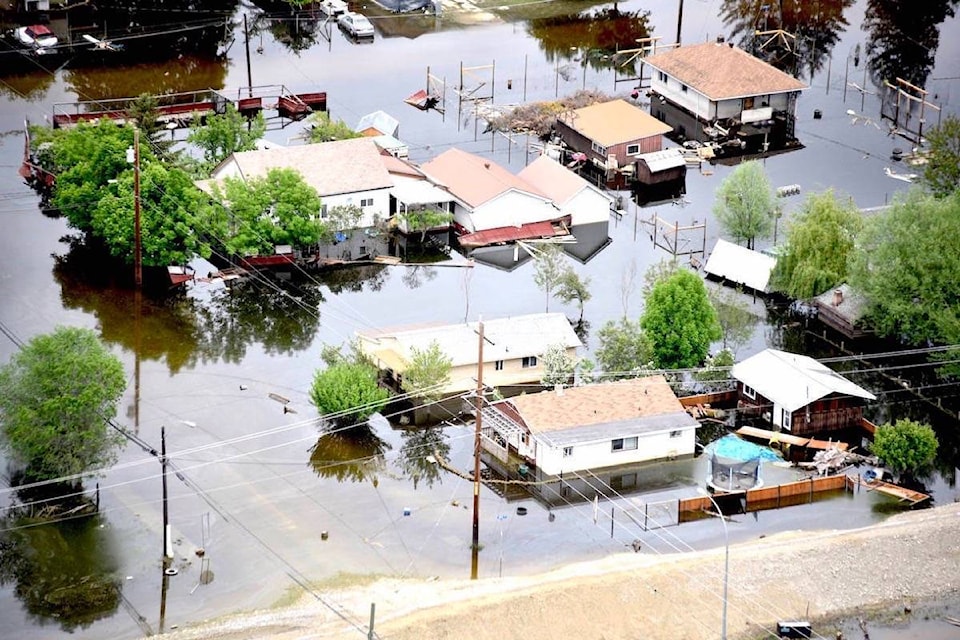The Ministry of Public Safety is urging BC residents to prepare flooding as the province’s most severe floods usually occur in spring and early summer when melting snow and rain combine.
Ginger Sherlock, emergency planning coordinator for Langley, said they are anticipating similar situations as what had been experienced in 2018.
“In 2018 we experienced low lying flooded areas in Glenn Valley – I think we closed the boat launch and the Fort-to-Fort Trail,” Sherlock recalled. “The river is high and there is a lot of melt that has happened as well as a lot of snow pack left in higher levels.”
Sherlock said that she is not expecting people to be displaced, but that of course depends on Mother Nature.
“Every year, we look at the Fraser River, we look at the weather and monitor Environment Canada and the River Forecast Centre,” she explained.
The Interior of B.C. is on heightened alert because Sherlock explained areas like St. George and Quesnel experience flooding first.
“The good news for is is that we get lots of notice – about five to 10 days – when things are coming,” Sherlock said.
COVID-19 has of course heightened the intensity of possible displacements or even accessing services should a flood occur.
Sherlock assured that there is a plan in place across the province which ensures proper spacing and assistance without being further exposed.
Tips on what to do and where to start were released by the ministry to help prepare for potential flooding:
1. Protect your home: The public is advised to prepare for possible flooding of low-lying areas by moving equipment and other assets to higher ground, where possible. Clear perimeter drains, eaves troughs and gutters. Sandbags help and can be available through your local government.
2. Create grab-and-go bags: Assemble an individual grab-and-go bag for each member of your household with the essentials they will need if asked to evacuate.
3. Recognize the danger signs: If you live near a waterway, a change in water colour or rapid change in water level (especially a drop) could indicate a problem upstream. Call your local fire, police or public works department immediately if you suspect something out of the ordinary.
The Flood Preparedness Guide is available online: www.preparedbc.ca/floods
For tips on how to prepare grab-and-go bags, visit: www.preparedbc.ca/emergencykit
For information on evacuation alerts and orders, visit: www.emergencyinfobc.gov.bc.ca
READ MORE: Provincial parks to reopen amid COVID-19 in time for Victoria Day long weekend
In the year of COVID-19, those people will be able to register for the Emergency Support Services online, after successful pilot projects in the spring and summer of 2019, Public Safety Minister Mike Farnworth says.
“Moving from an archaic paper-based system to a digital platform will ensure safe and timely access to services for those who need help during some of their hardest moments,” Farnworth announced. “During the COVID-19 pandemic, virtual delivery of Emergency Support Services is more important than ever to ensure safe physical distancing for volunteers and evacuees.”
People can visit https://www2gov.bc.ca for more.
_________________________________
Is there more to this story?
Email: ryan.uytdewilligen@langleyadvancetimes.com
Like us on Facebook or follow us on Twitter
_________________________________
